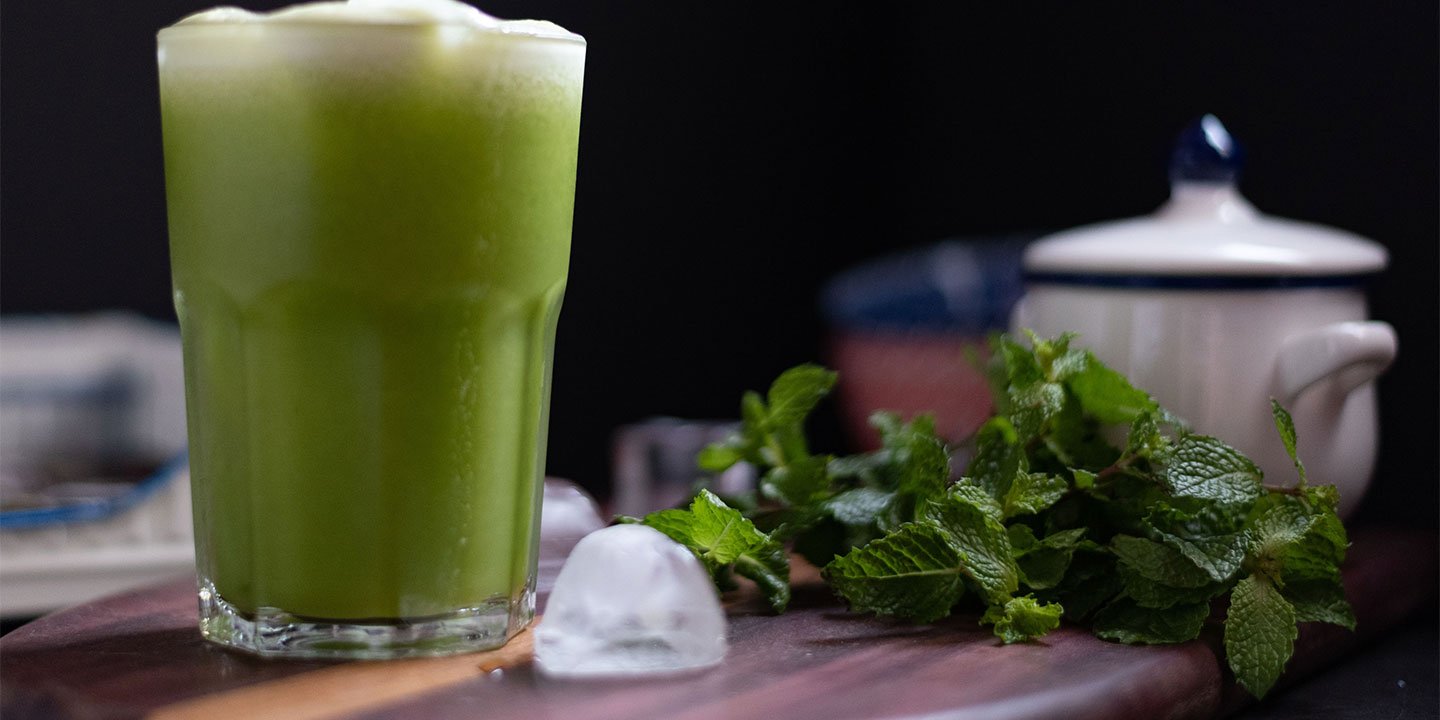
Detoxification
Detox Step 1: Identify and limit exposure risks
We consider diet and lifestyle to be the most fundamental approach to helping detoxification, and is a fundamental step for treating Chronic Multisystem Inflammatory Illnesses. Our body has sophisticated ways to protect itself from invaders when they enter our body. We have defenses that recognize the intruders and attempt to break them up and move them out: ‘waste in and waste out’.
Sometimes the incoming “undesirables'' are not effectively processed and they get stuck in the body. These can be stuck superficially on our mucous membrane surfaces like the skin or lining of the sinuses or GI system. Or they could be stuck deeper in our filtering organs like the liver, kidneys, spleen and/or the lymphatic system. They can also get absorbed inside the cells.
| Location of incoming undesirable toxins | Areas affected |
|---|---|
| Superficial | Mucous membranes, skin or sinus linings, bladder, and vaginal tissue |
| Deeper | Organs of detoxification: gut, liver, spleen, lymphatic system, kidneys |
| Even Deeper | Absorbed into the cells |
The presence of these toxins can have broad effects on the natural detoxification function of our bodies. This can interfere with our hormones, the immune and nervous systems, many more bodily functions. Life is motion; we do well with flow and poorly with stagnation. Our detox organs (gut, liver, kidney spleen, skin or lymphatics) can become blocked or compromised in their ability to clear toxins to the nearest exit.
The purpose of reviewing the facts of our ongoing exposure to toxins is not to scare you, but to emphasize the importance of being aware of them and considering what role they could play in our overall health. These toxicity issues can be an underlying factor in our understanding of Chronic Multisystem Inflammatory illness.
The first strategy to help our bodies is minimizing exposures from air, water, and food. The next is to help our bodies clear toxins. For that we recommend multiple strategies best done with a step by step approach.
Environmental exposure
Environmental toxicants can result in Chronic Inflammatory Illness and can cause other problems when there is a higher load of these toxic chemicals and metals. Chemicals at low levels can cause mild symptoms like fatigue, weakness, brain fog, mood imbalance that can be overlooked as it could be related to other medical issues or that we are “just getting older”. It is impossible to completely avoid toxic inflammatory-causing substances, but doing what we can will make a difference in how effectively our bodies will function. Here are our suggestions:
Have your tap water tested, and if your water is an issue filter tap water through a Reverse Osmosis Water Filter.
Use natural home cleaning products.
Switch to natural brands of shampoo, toiletries, tooth paste, antiperspirants, and cosmetics.
Remove any dental fillings that are a source of mercury. Seeing a biological dentist is best for this mercury removal. [See section of Dental issues that can contribute to Chronic Inflammatory Illness.]
Avoid artificial air fresheners, drying sheets, fabric softeners, and synthetic fragrances.
Diet exposure
The typical American diet could be a contributing factor in what overwhelms the detox system, underling our chronic illness epidemic. It is problematic due to these factors:
Heavy processing of foods, highly refined grains
Excessive use of flavor enhancers, colorings and dyes
Genetically modified food
Heavy use of sugar and salt in processed foods
Contamination from pesticides, herbicides, and other chemical sprays used on fruits and vegetables
Animals raised in cramped cages in factory settings
Very poor nutrient values of our processed foods
Food that our body can use to heal will always be our best treatment, and sometimes it is just not enough. Improving our diet and limiting our exposures from food is always a good place to start. Here are steps that can help minimize food toxin exposures:
If possible eat organic vegetables and fruits. Eating organically might not be available in all parts of the country and it can be a more expensive alternative. See the list of fruits and vegetables that have heavy pesticide and herbicide use. See the Clean 15 list of vegetables and fruit that should be eaten from an organic source and the Dirty Dozen that should be avoided if not organic.
When possible eat organic meat or eggs. If it is not cost effective try to eat organic eggs and free range meats. Avoid the larger ocean-going fish. As our oceans become more contaminated with plastics and mercury these larger fish bioaccumulate toxins in their fat stores. As we ingest these toxins they are released into our bodies, and what isn’t cleared will bioaccumulate. Stay with small fish avoiding swordfish, mackerel, tuna, and sea bass to name a few.
Avoid processed foods, as processing uses chemicals.
Avoid artificial food additives of all kinds including artificial sweeteners and MSG.
All H360 diet and lifestyle recommendations
Eat organic fruits, meats, and veggies
Drink purified water only
Avoid larger ocean fish
Avoid processed foods
Use natural home cleaning products
Use natural toiletries
Remove and avoid dental amalgams
Avoid artificial air fresheners, fabric softeners, drying sheets, and synthetic softeners
No MSG or artificial sweeteners
No plastic containers or bottles
See the Section: Is food making you sick?
See the Section: 101 different diets: Which one is best for you? Keto, vegetarian, Atkins Diet, carnivore, Mediterranean Diet, Low Fodmap, Low Histamine diet, Salicylate free, carbohydrate intolerance, Nickel allergy food lists, Plant Paradox diet and many others?